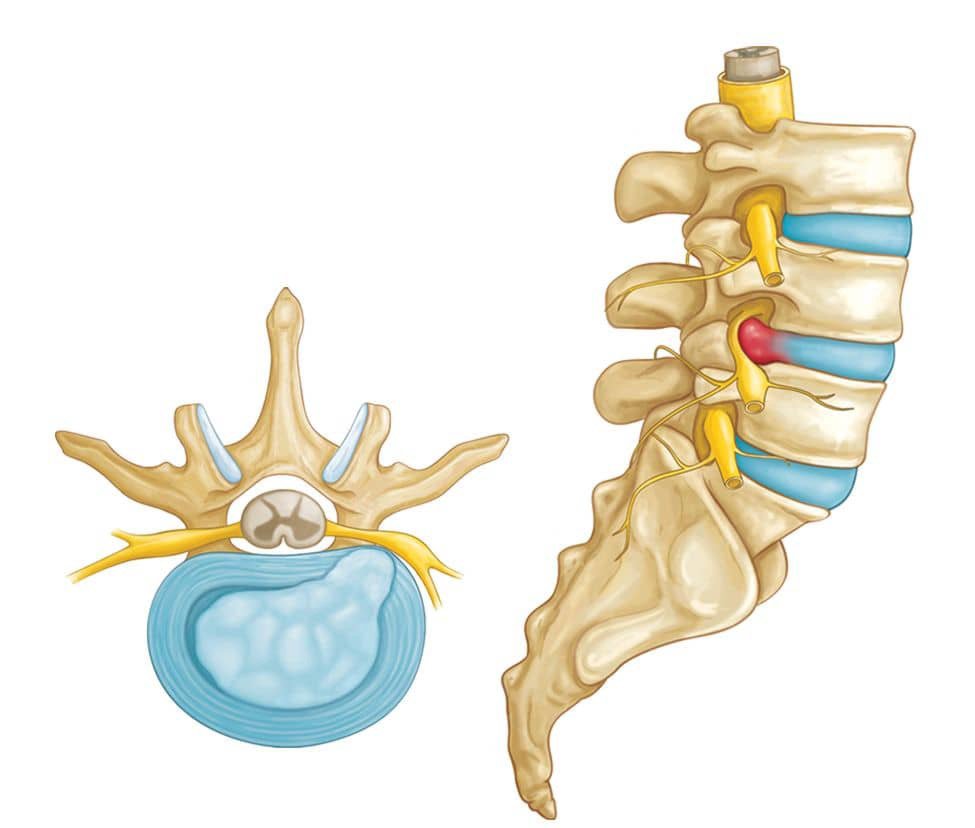Is Physical Therapy a Non-Surgical Solution for Herniated Discs?
Exploring Effective Treatment Options
When faced with the daunting diagnosis of a herniated disc, many individuals understandably seek non-invasive and effective treatment options. One avenue that has gained prominence is physical therapy. In this comprehensive guide, we will delve into the question: Is Physical Therapy a Non-Surgical Solution for Herniated Discs? Let's explore the role of physical therapy, the techniques involved, and its potential as a primary or complementary treatment.
Understanding Herniated Discs:
Before we jump into the benefits of physical therapy, it's crucial to grasp the basics of a herniated disc. This spinal condition occurs when the soft inner material of a spinal disc protrudes through the tough outer layer, often causing pain, numbness, and weakness. The traditional approach to herniated discs involves surgery, but many are now turning to physical therapy for a non-surgical alternative.
The Role of Physical Therapy:
1. Active Rehabilitation:
Physical therapy focuses on active rehabilitation, emphasizing exercises and movements that strengthen the muscles surrounding the spine. By targeting specific muscle groups, physical therapy aims to alleviate pressure on the affected disc, promoting natural healing. As discs can herniate and protrude, you can “herniate” them back with certain exercises and reduce any irritation on the nerve or spine.
2. Customized Exercise Plans:
One of the strengths of physical therapy lies in its personalized approach. A qualified physical therapist tailors exercise plans to the individual, taking into account the severity of the herniation, overall health, and lifestyle factors. This ensures a targeted and effective treatment strategy, that will change as a patient progresses through their plan.
Exploring Non-Invasive Techniques:
3. Manual Therapy:
Physical therapists often employ hands-on techniques such as neuromuscular facilitation and joint mobilization to enhance flexibility, reduce pain, and improve overall mobility. Manual therapy can play a pivotal role in relieving symptoms associated with herniated discs.
4. Spinal Decompression:
Spinal decompression is a specialized technique aimed at reducing pressure on the spinal discs. Through controlled stretching, this therapy creates a negative pressure theoretically, allowing the disc material to potentially retract, easing pain and promoting healing.
The Advantages of Choosing Physical Therapy:
5. Avoiding Surgery:
One of the primary reasons individuals opt for physical therapy is to avoid surgery. While surgery may be necessary in severe cases, physical therapy can be an effective non-surgical solution, particularly for those with minimal or moderate herniations.
6. Pain Management:
Physical therapy excels in pain management. Through a combination of exercises, stretches, and therapeutic modalities, patients often experience a significant reduction in pain, enhancing their overall quality of life.
What to Expect from Physical Therapy:
7. Progressive Improvement:
Patients engaging in physical therapy can anticipate progressive improvement over time. Consistent adherence to prescribed exercises and sessions is key to realizing the full benefits of this non-surgical approach.
8. Lifestyle Recommendations:
In addition to targeted exercises, physical therapists may offer valuable lifestyle recommendations. This could include ergonomic adjustments, posture correction, and guidelines for maintaining a spine-friendly lifestyle.
Conclusion: Making Informed Decisions for Your Health
In conclusion, physical therapy emerges as a compelling non-surgical solution for herniated discs, offering a range of benefits from pain management to active rehabilitation. While it may not be suitable for every case, exploring physical therapy as an alternative to surgery is a decision worth considering.
As you embark on this journey, consult with healthcare professionals to determine the most suitable treatment plan for your unique situation. Remember, the effectiveness of physical therapy often depends on early intervention and consistent commitment to the prescribed exercises and lifestyle adjustments.
Choosing the non-surgical path with physical therapy showcases a commitment to holistic healing, providing an opportunity to regain functionality and vitality without the need for invasive procedures. Take the first step towards a healthier spine and a pain-free life by exploring the potential of physical therapy for herniated discs.
By prioritizing your health and making informed decisions, you pave the way for a future where pain takes a backseat to your overall well-being. Opt for the non-surgical route with physical therapy and embrace the transformative journey towards a healthier, more active you.
Remember, always consult with healthcare professionals for personalized advice tailored to your specific needs and condition. If you’re in Orlando and looking for experts in treating patients with disc herniations, reach out to Premier Performance and Physical Therapy.



